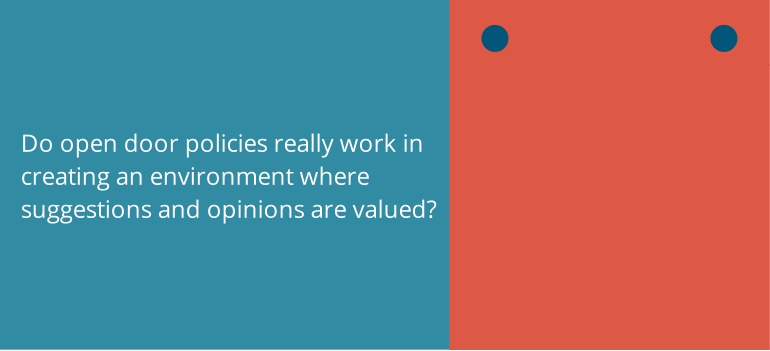Last week, I attended a Comms workshop conducted by a renown consultant for a large organisation.
One of the key takeaways was about how you can persuade someone – anyone - more effectively.
I lent an attentive ear and took down notes quickly because this issue was something critical in doing business but so often overlooked and ignored by most people.
Everyone experienced this problem before
Being a social media consultant, I get it when clients share their struggles in convincing their higher-ups to make changes which will benefit the company.
For example, because of the fear of bad publicity or negative comments from the public, many mature organisations are still unwilling to take the leap of faith into social media.
This struggle is not unique only to social media but it extends to almost all kinds of new initiatives which are not supported by the senior management from the beginning.
This issue also concerns almost everyone in a company. It can happen between entry-level employees and the management team, the management team and the senior management team, and even between the senior management team and the Chief Executive.

As much as we can talk about “Open Door” policies, these initiatives are often not as effective as we imagined them to be. “Open Door” is seen more often as a gimmick than a true sign of an open mind.
Who I hope this piece of advice benefits
I wrote this post mainly with social media consultants in mind, because:
- You are my readers

- You work with several companies and often, the point-of-contact is usually someone from the marketing or communications department (non-decision makers) and not the business owner or senior management.
However, I’d like to emphasise that this piece of advice is applicable to almost everyone else. So go ahead and share it with a friend of yours who you think might benefit from this.
What you usually do when persuading somebody
The problem with most attempts to persuade someone is that the proposer assumes that the other party already thinks like him.
Thus, most people make the mistake of beginning with their point of view, rather than building common ground between them and the listener.
You might already know that the first step to persuading someone effectively is to build a common understanding first, but that’s not what this piece of advice is.
This piece of advice is more strategic in nature and is geared towards how you formulate your entire proposal. Building a common ground is only the first step.
What this piece of golden advice is
So I’ve held back the advice long enough, and if you’re still following me, here’s what it is.
To persuade someone and have her believe in what you propose, you need to make them think with you, so that they will think like you.
Now, before you go off thinking that this is bullshit, let me explain in more details.
How you can apply this to your work
This piece of advice actually provides a guide on how you should frame your attempt to persuade somebody.
If you look back at the last time you tried to persuade someone to take an action, ask yourself this, “Did you sound preachy? Did you say something like ‘to achieve …, you need to…’?”
For example, when you asked your boss to start a Facebook Page for the company, did you say something like “Our competitors are online. We aren’t. A lot of customers are actively engaged with our competitors online. We need to have a Facebook Strategy to counter that.”

If you did, then you have committed the same mistake I raised above – you assumed that they already think like you.
What you should do instead
Instead of saying something like the example above, you can take one step back and ask yourself, “What questions are you trying to answer with the statement above?”
For instance, saying that your competitors are already online and engaging with your customers is trying to raise urgency and explain to your boss that your competitors are catching up with the technology trend and they are using it as a competitive advantage against your brand.
Possible questions that this statement would answer are:
- “What are the latest threats to our business?”; and
- “What is the extent of the threat?”; and
- “Is the threat tangible?”; and
- “If so, what should we do?”
Having this list of questions in mind, you could approach your boss, or whoever you are trying to persuade, and ask them these questions first. Then, think through the possible responses with them and give them your solution.
That way, you will hear a lot more “yes-es”.
Your Homework
Share with me one recent example when you didn’t manage to persuade someone to take up your suggestion in the comments below.
Do the exercise above where you think about the possible questions you could have asked to get your listener to start thinking with you.
If you bother trying, I will help and give you my comments below.


